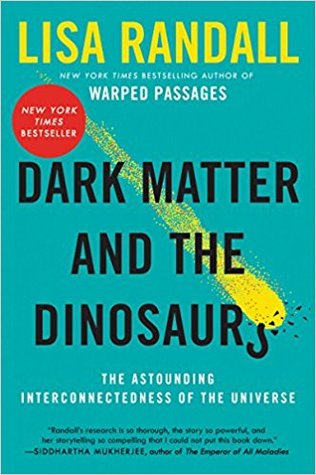These researchers’ remarkable deduction was that ordinary matter accounted for only about a sixth of the mass that was required to keep them in orbit. Rubin and Ford’s observations yielded the strongest evidence at the time for dark matter, and galaxy rotation curves have continued to be an important clue.
I remember, possibly from Carl Sagan's "Cosmos", that galaxies had supermassive black holes in the center. Is this 1970s science gone awry, using black holes to explain the missing mass?
Since we only have measurements on the rotational velocity of the stars at this point, how would we distinguish the two scenarios?


